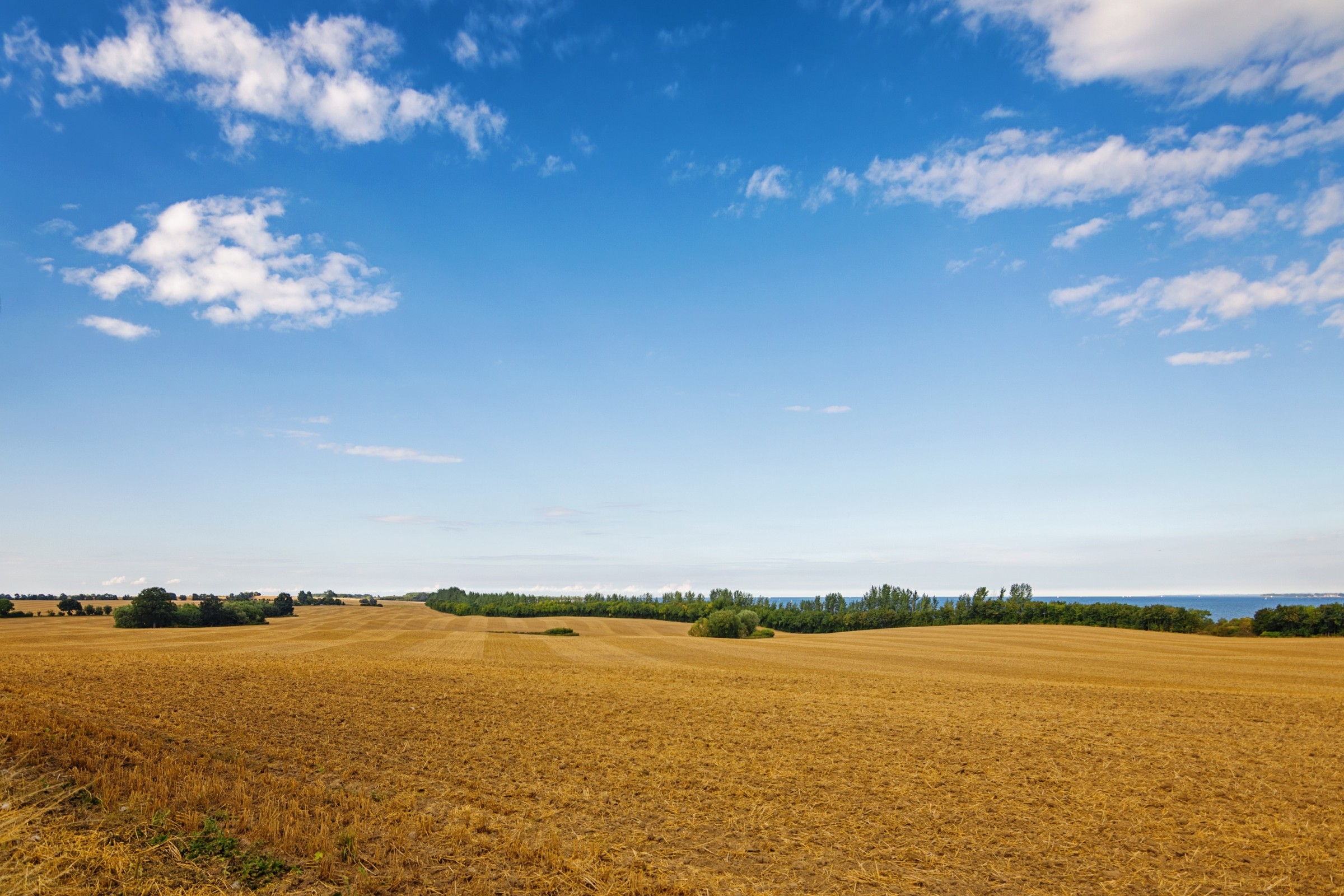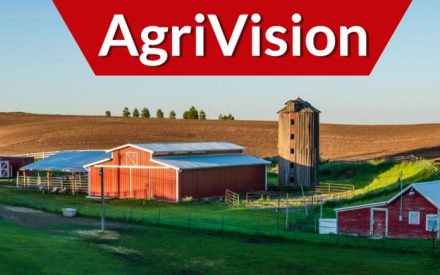https://soundcloud.com/agrivision-extension/agrivision-use-cfap-funds-to-pay-open-accounts-first
Host Katie Wantoch and Stephanie Plaster, Agriculture Educator in Ozaukee and Washington counties, discuss a dairy farmer who has received a CFAP payment for their milk production and are wondering who should pay first with this program payment and how much they should pay to vendors.
View Transcript
Katie Wantoch
This is UW Extension’s Farm Management AgriVision Podcast. I am Katie Wantoch, Agriculture Agent with UW-Madison Division of Extension. I will be chatting with fellow Extension Educators as we answer questions from farmers and share our knowledge and expertise on how you can improve your farm management skills. Today I am joined by Stephanie Plaster, Agriculture Educator in Ozaukee and Washington counties. Welcome Steph to the podcast.
Stephanie Plaster
Hello, good morning.
Katie Wantoch
Steph, today’s question is from a farmer who signed up for the Coronavirus Food Assistance Program, more commonly known as CFAP, through the USDA Farm Service Agency. He milks 200 cows along with his son and farms 580 acres. They owe about $390,000 on a mortgage, $60,000 on a tractor bought in 2016, and $30,000 on open accounts to their veterinarian and the feed mill. They expect to receive about $62,000 CFAP payment for their milk production. They have no money in reserve but are current on their mortgage and tractor payment. Steph, the farmer is wondering who should they pay first with this program payment and how much? And do you have any advice for them?
Stephanie Plaster
Yeah, so since we’re still currently in the midst of the pandemic, I would err on the side of being a little bit conservative with the monies coming in and suggest mapping out the debt that they owe and maybe doing some cash flow forecasting for the next several months. So that would typically involve penciling out expected realistic income expenses and other cash inflows and outflows to determine if they’re going to be able to continue to stay current on their tractor, mortgage payments and other debt at the current prices that we have right now. And also look a little bit at what would happen if the prices that we’re currently receiving were to decline or if they were in to increase, so maybe doing three different forecasts. So it would be wise then to tuck away some money once they receive it to get the farm through a couple of months if the prices were to fall significantly again, if they’re able to do so. And so it’s important to make sure that they’re able to stay current on all of the secured loans they have first. And then with the remaining amount that they have, after setting some aside, if they can do that they’re going to want to work out a repayment schedule with each of their open accounts. And so if they’ve not yet spoken to the open account holders, it would be worth having a conversation with them to negotiate a repayment schedule that they can afford, while making sure that they can still continue to utilize the services of those account holders, like the veterinarian and the feed mill.
Katie Wantoch
From what you’re hearing, those open account holders like the veterinarian and feed mill, are they open to farmers and working with them, or have you heard any different than that?
Stephanie Plaster
For the most part, I think it depends on the level of debt you have with them, the relationship that’s been in there in the past, and if you’re having that open conversation. I think if you have a good relationship with them, you have open conversation about how much you can afford to pay back and how soon that they need repayment, that can really help get on that schedule to repayment where they’re not starting to take action against you.
Katie Wantoch
Yeah, that’s definitely some great advice. All right. Well, thanks, Steph, for joining us today.
Stephanie Plaster
Yep, absolutely, thanks.
Katie Wantoch
For more extension Agrivision podcasts or resources to improve your farm management skills, check out farms.extension.wisc.edu. Thanks for listening.
Related Resources
Information in this article was originally published as part of the Agrivision column in Wisconsin Agriculturist .
UW-Madison Extension resources


 AgriVision Podcast Episode 6 - Know your cost of production before renting more land
AgriVision Podcast Episode 6 - Know your cost of production before renting more land


